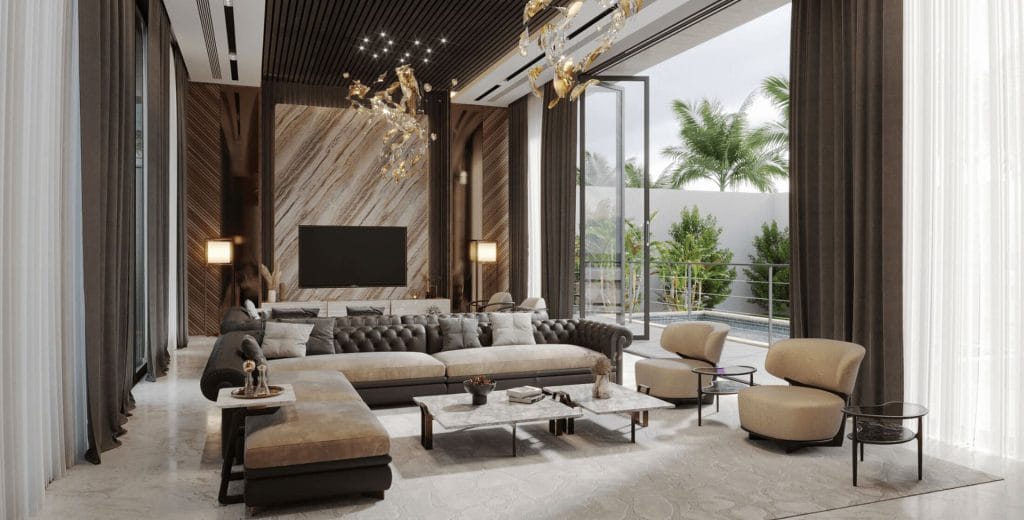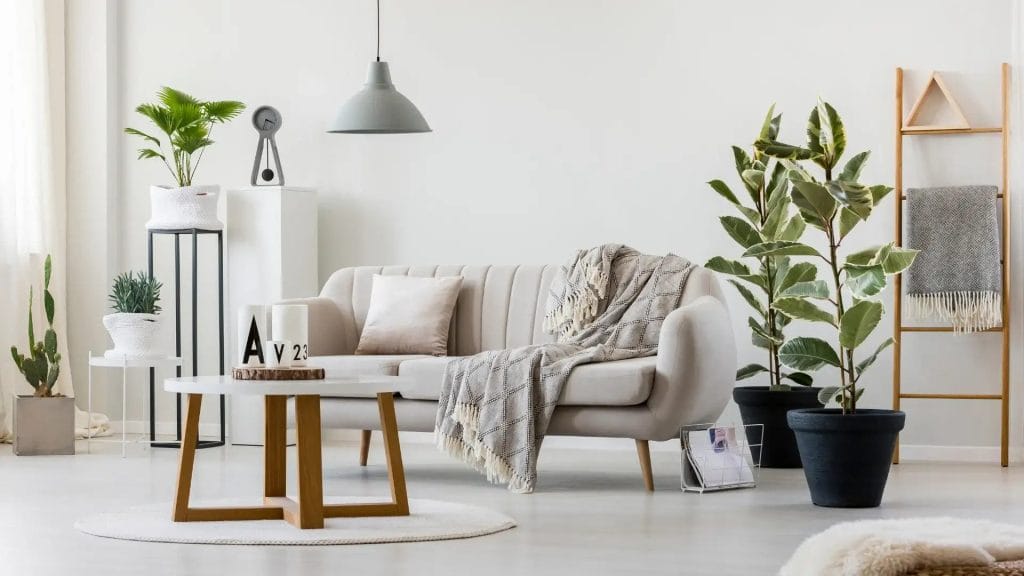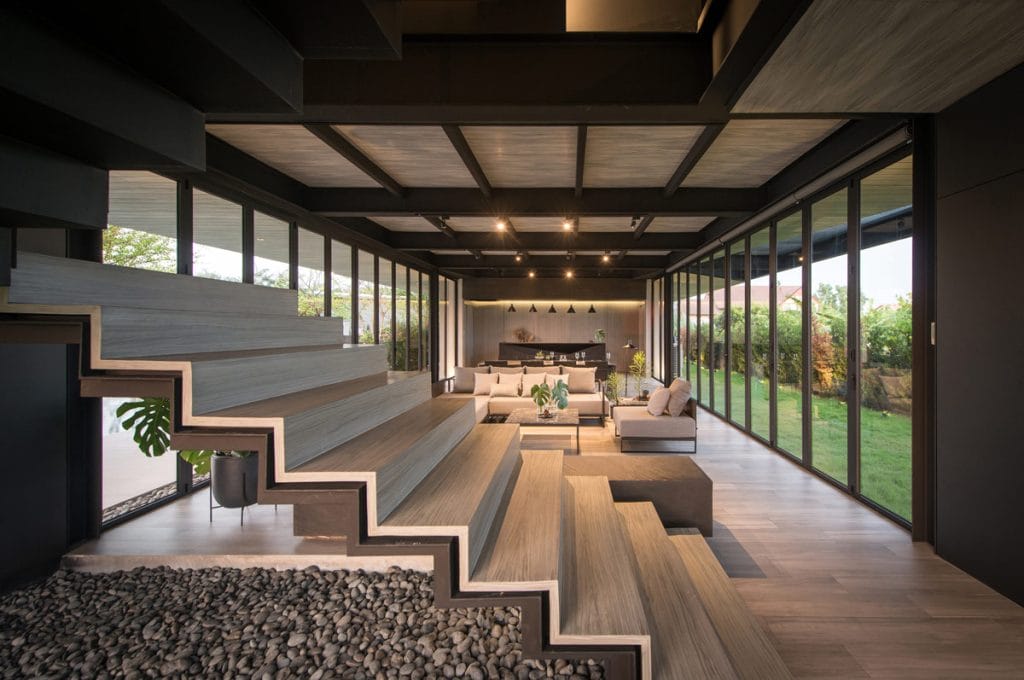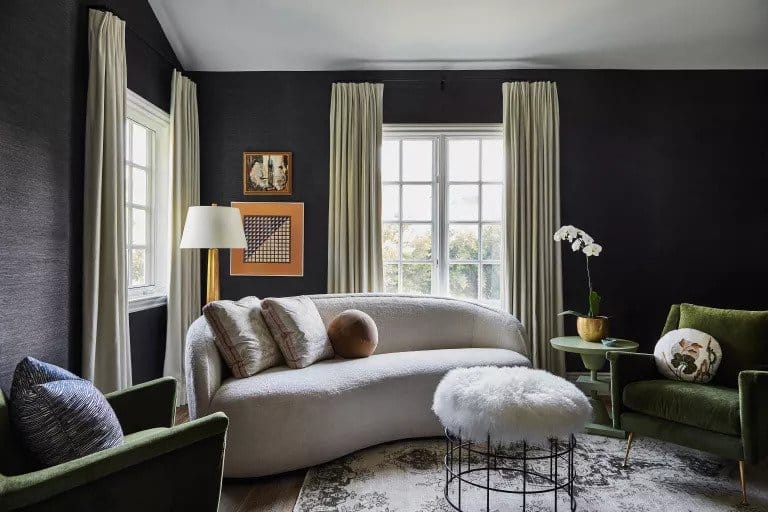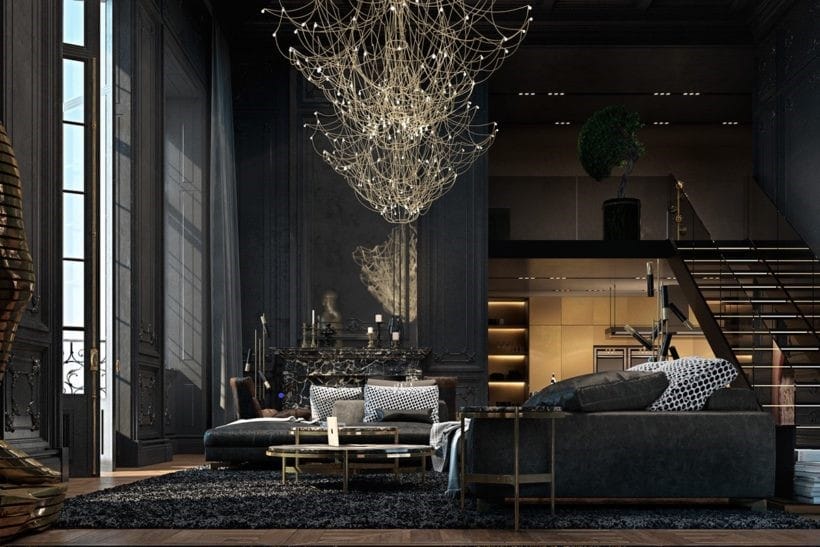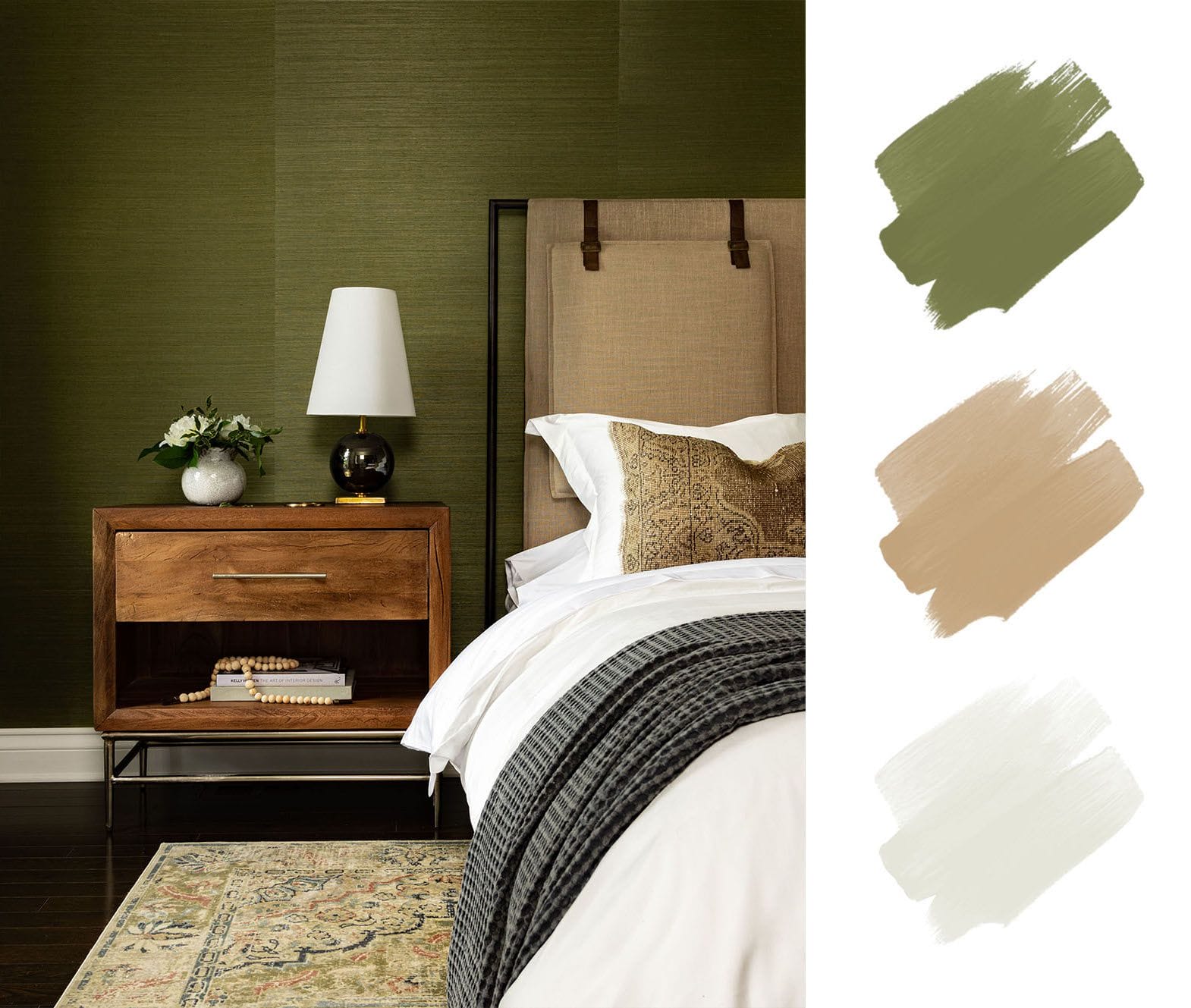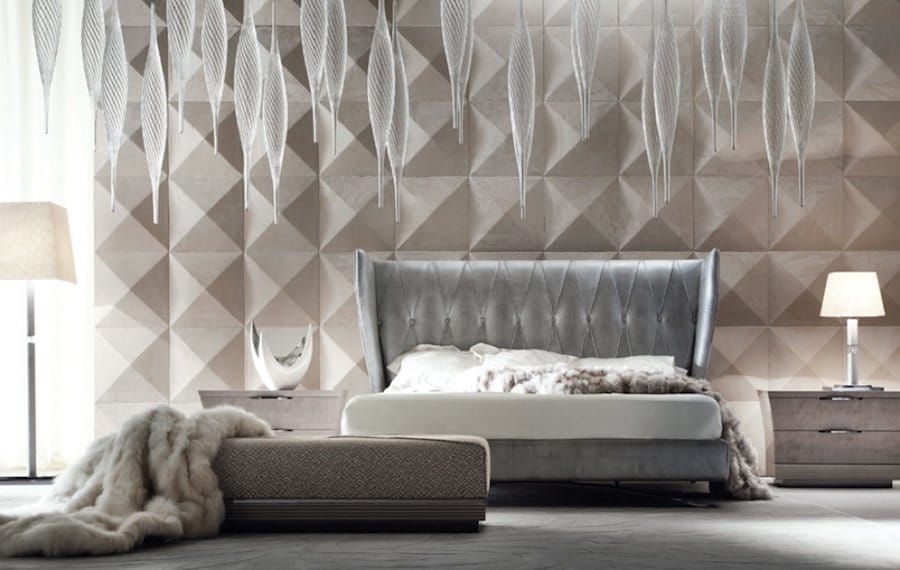The 7 elements of design – and how to use them in your interiors
Design is both an art and a science, aimed at creating harmonious and functional spaces. To achieve an aesthetically pleasing interior, it is crucial to understand and address the seven elements of design. These elements help in balancing various aspects of the space, enhancing its best features, compensating for flaws, and ensuring that it serves its practical purpose. In this article, we will dig into each of these elements, exploring their significance in creating visually appealing and satisfying interiors.
I. Space
The element of space refers to the arrangement and proportion of objects within a room. Balancing positive and negative space is key to achieving a well-laid-out space. Positive space consists of furniture and objects, while negative space refers to the gaps and circulation areas that prevent the room from feeling cluttered. Finding the right balance between the two is essential to create a sense of spaciousness without the room feeling under-furnished or overcrowded.
II. Line
Both the structural features and the room’s furnishings can create lines that profoundly influence the feel of the space, and they can also be employed to bring attention to a focal point. As well as horizontal and vertical, they can be dynamic.
Horizontal lines provide stability and a sense of width, while vertical lines add height and a feeling of freedom. In any scheme, a balance between horizontal and vertical lines is essential. Dynamic lines, such as diagonals and curves, inject energy and visual interest into a design. Achieving a harmonious balance between horizontal, vertical, and dynamic lines is key to creating a visually appealing interior.
III. Form
Form refers to the shape of the room itself and the objects within it, including furniture, artwork, and decorative accessories. These shapes can be geometric, with precise lines and angles, or natural, showcasing organic and curvaceous forms. Balancing geometric and natural shapes adds softness and visual contrast to the interior, contributing to its overall appeal.
IV. Light
The vast majority of interiors make use of both natural daylight and artificial illumination. While the quantity and quality of daylight might seem fixed, it’s worth remembering that it can be filtered with drapery and window coverings.
Ambient or background lighting, accent lighting that draws attention to objects or features, and task lighting that makes a kitchen safe for food preparation, an office desk bright enough for working, or an area of a living space comfortable for reading are all examples of artificial light.
Dimmer switches allow changes of atmosphere to be achieved with the lighting, while the choice of the light fixtures and fittings themselves will contribute to the room’s appearance.
V. Color
Color selection is crucial as it not only creates a mood but also affects the perceived size and atmosphere of a room. Choosing colors that complement the room’s purpose and considering the effects of natural and artificial light is essential. Restful shades for bedrooms and vibrant hues for home offices can significantly impact the overall ambiance.
VI. Texture
Texture plays a dual role in interior design, as it influences both the tactile and visual aspects of a space. Incorporating various textures, from furniture and floor coverings to fabrics and decorative accessories, adds depth and interest to the room. Mixing and contrasting textures can create a visually engaging and inviting environment.
VII. Pattern
Patterns contribute to the visual appeal of a room, much like texture. We can find them in area rugs, wallpapers, soft furnishings, and artwork. Ensuring that the pattern style aligns with the overall scheme is crucial for harmony. Consideration of pattern scale in relation to the space and the area it covers prevents the interior from becoming overwhelming.
By understanding and applying the seven elements of design – space, line, form, light, color, texture, and pattern – you can create interiors that are both visually captivating and functionally satisfying. Achieving balance among these elements is the key to enhancing the aesthetic appeal of your space and creating an environment that pleases the eye, engages the senses, and fulfills its intended purpose.

